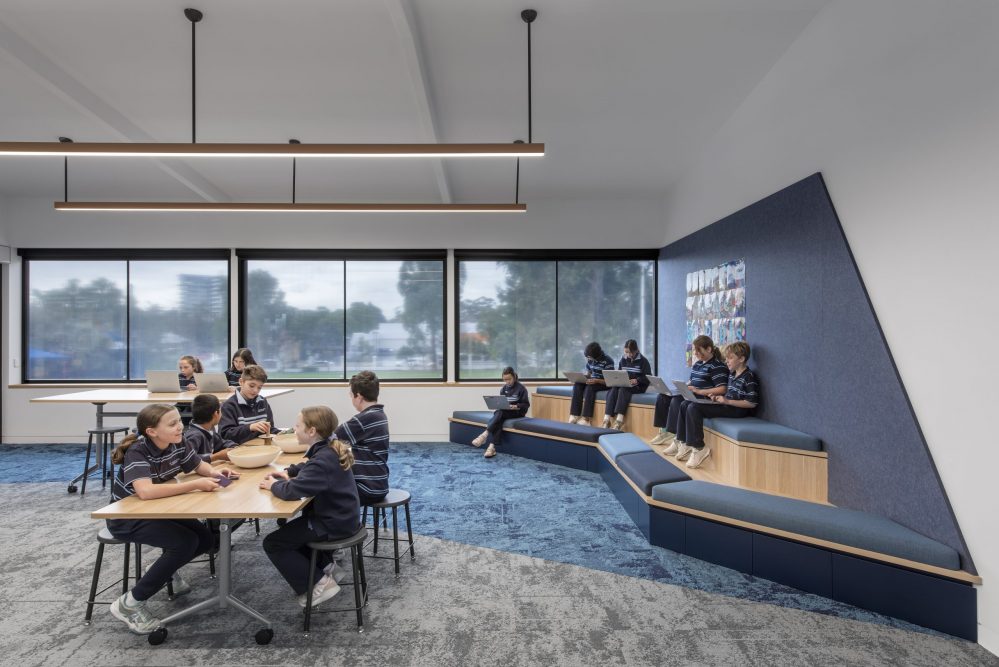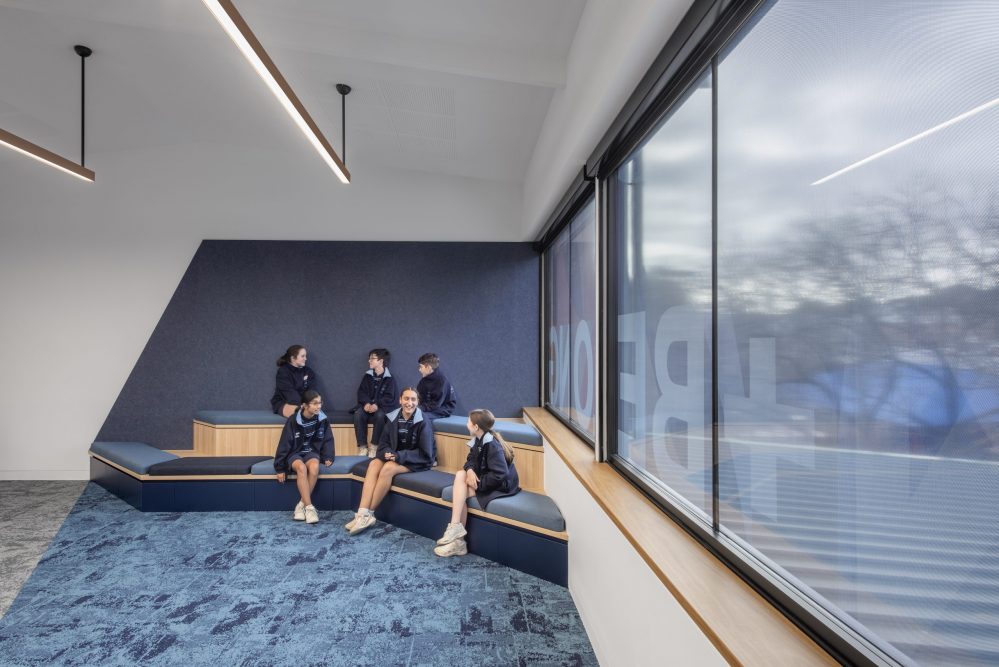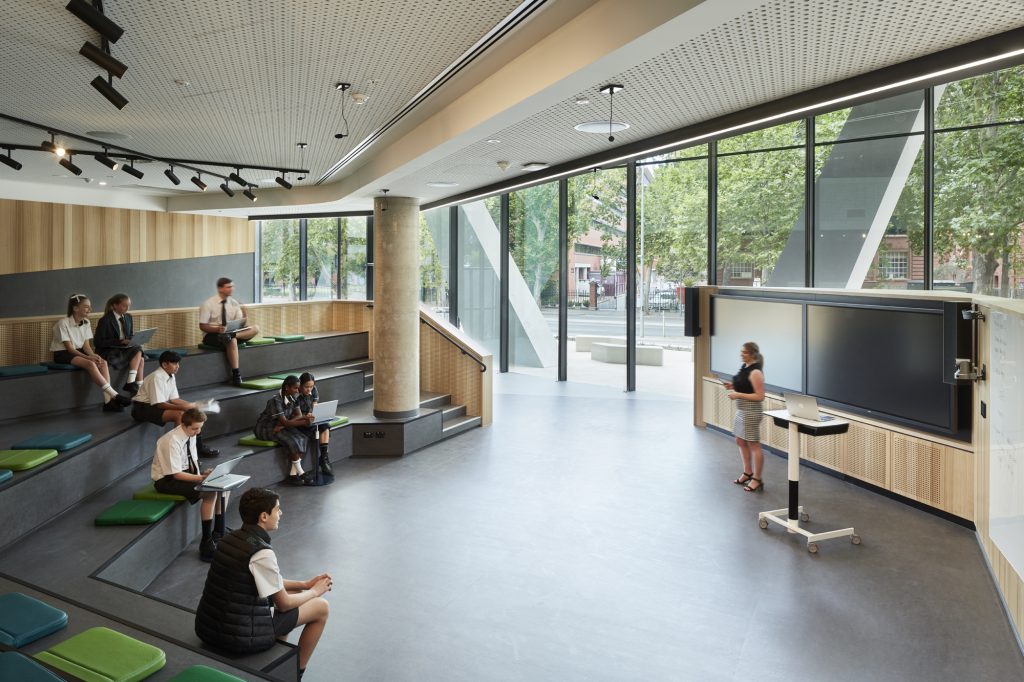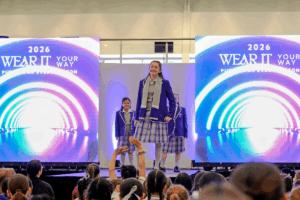WORDS: Nathan James Crane
Over the last few years, in tandem with changing teaching and learning practices that are more focused on flexible learning strategies and collaboration, there has been a shift in the way designers and educators are conceptualising learning spaces. These ‘typologies’ each have distinct characteristics that lend themselves to highlight different aspects of learning.
This shift, which emphasises education as an active, social practice, rather than more passive rote approaches, demands different spatial configurations, which in turn, call for alternative names that more accurately capture the intent of these re-imagined spaces.
By their nature, they also require differing spatial techniques of interacting with each other, facilitated by new furniture and architectural layouts.
Many education specialists and researchers agree that changing the name (and thus nature) of a space has deep psychological benefits for how students understand the expectations of their learning experience. It also has a long-term impact on the way students approach problem solving, initiative and eventually their skills once they enter the workforce. With ever growing demand for high school and university graduates to be work-ready, drawing on precedents in industry introduces students to the real-life future learning settings they will experience in the workplace.
Here’s a brief look at some of the most common new learning spaces and their connection to skills of the future:

Learning Lab
This type of space is most commonly seen in STEM subject areas, where innovation, experimentation and discovery are core learning outcomes. Learning laboratories or labs have an obvious reference to science and research and draw on this to encourage students to investigate new ideas and concepts. This playful take on often more serious scientific spaces also promotes learning through investigation by informalizing laboratory spaces. The element of discovery through play is important to many future skills in areas both within and outside of STEM careers. This can be facilitated through technological integrations, movable class furniture and partner-based learning activities.

Collaboration Studios
Perhaps the most common emerging learning space due to its broader application, Collaboration Studios suggest creative, think-tank style learning, common in design, art and marketing firms. At their core, Collaboration Studios frame a learning experience that is centred on working with others, team-building and imagination. This creative approach can help establish a confidence in learners to take low-impact risks to solve problem-based tasks typical in their future careers. It also encourages students to be flexible in their thinking, agile in their responses and open to change in a rapidly transforming world. Design-wise, round tables or those that can be grouped, spatially re-enforce this group-centric approach.

Student Hubs and/or Forums
These spaces are often part of library or resource centres but can also include more casual breakout study areas and community spaces for students to gather outside of formal teaching rooms. Seen now as a non-negotiable, student hubs create alternative places for social interactions to occur and for learning to continue beyond the lab or studio. It is often in these spaces that peer-to-peer learning can also occur and be facilitated by alternative furniture selections like bean-bags, sofas, pods or even amphitheater-style seating, that completely dissociate students from typical chair and table settings.
While these changes on their surface may seem like a designer stunt to feign innovation, when created authentically in collaboration with educators, these new learning typologies provide opportunities to elevate the experiences of students towards new futures, whatever they may be.
Dr Nathan James Crane is a design writer and educator and is Chair of the SA/NT Council of the Design Institute of Australia.
Follow KIDDO on Instagram and Facebook, and subscribe to our weekly newsletter






